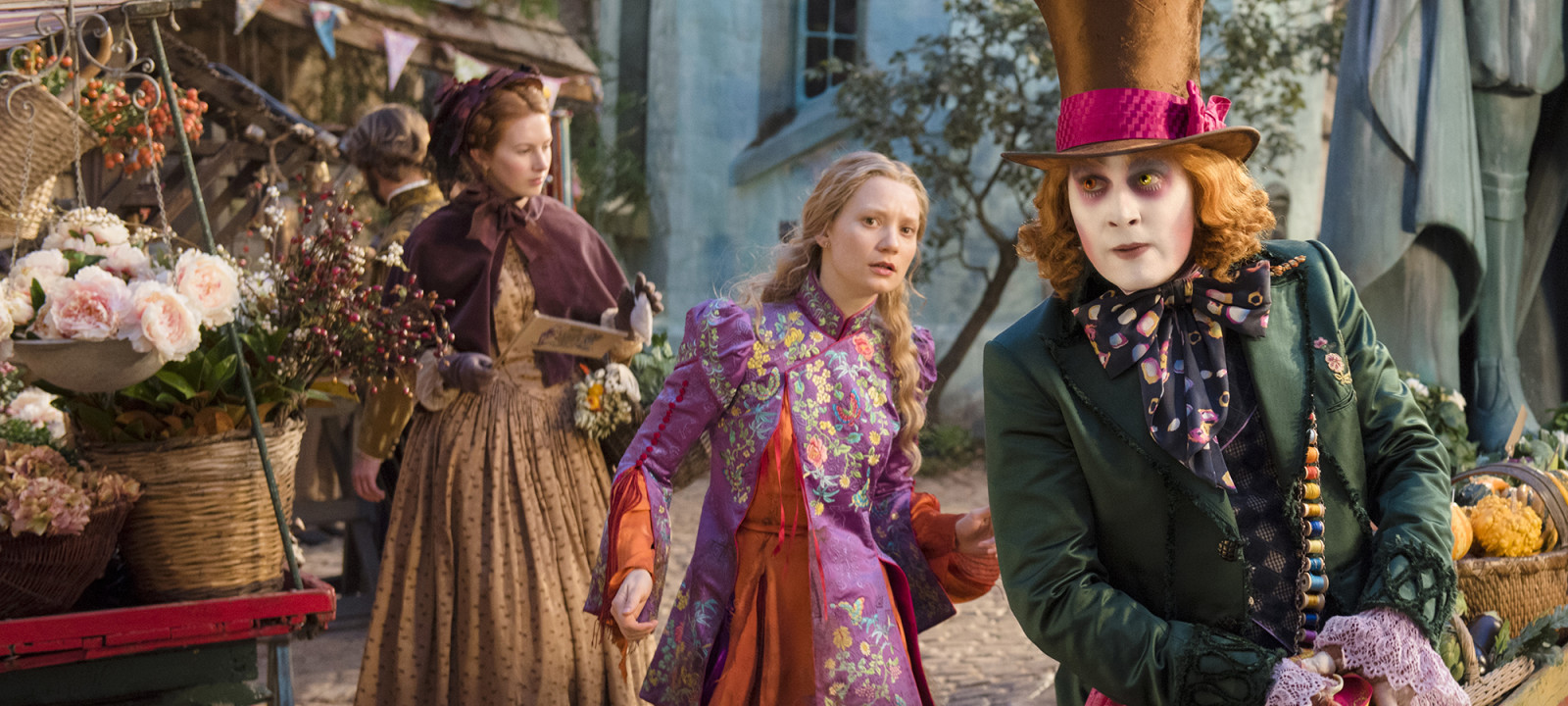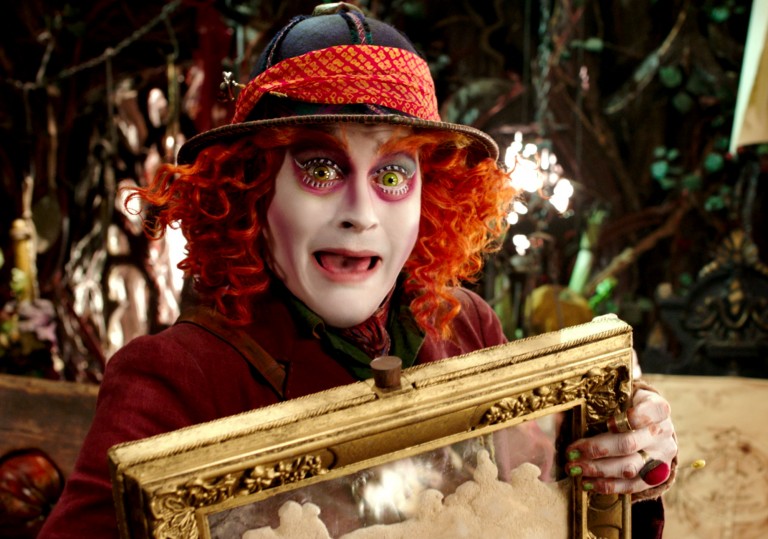

Most of the book’s characters and plot elements already exist in Disney’s animated Alice in Wonderland and the Tim Burton film, and the only connection this movie in particular has to its source material is that Alice goes through the Looking Glass to get back to Wonderland. Through the Looking Glass isn’t really much of an adaption of the namesake book. However, today I’d like to talk about James Bobin’s sequel, Alice: Through the looking Glass.

It’s certainly an adaptation for its time, and that coupled with the lush visuals likely made it the huge success that it became. He gives all the characters proper names, puts Alice in a suit of armor and even slides in themes of feminism and personal identity. Tim Burton takes a story about nonsense and turns it into a hero’s journey complete with a prophecy stating that Alice must slay the Jabberwocky, a creature from the second Alice book. While there are a lot of things I liked about Burton’s Alice, it wasn’t really what I wanted or had imagined.
Watch alice through the looking glass update#
Tim Burton seemed like an ideal fit to update the Lewis Carroll story and, regardless of the hot-and-cold critical response, fans seemed more than satisfied.

I remember seeing the characters on pencil cases, bookbags, clothing and more when the movie was at the height of its popularity. The first in a new line of live-action remakes from Disney, Alice Wonderland opened in 2010 to tremendous financial success and mixed critical reviews. “Everyone parts with everything eventually, my dear.”


 0 kommentar(er)
0 kommentar(er)
